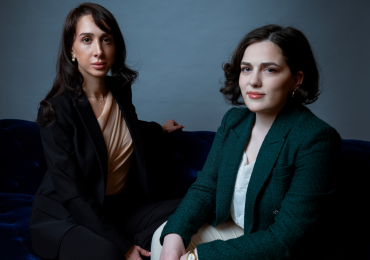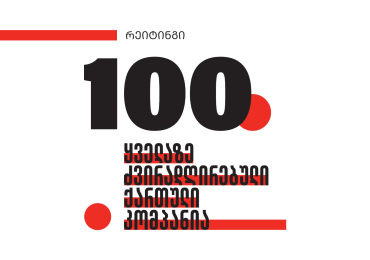Georgians Have the Youngest Student Body in Higher Education.
The organization Eurostudent 2016-2018 published research that combines the social and academic findings from of students in 26 European countries, as well as Georgia and Turkey.
The average age of students in the research countries was 25 and the results showed that Georgian students tend to be the youngest on average.
The average age of a student in Georgia was 22, whereas in Iceland, for example, the average age was 29.7, in Finland 28.2, in Norway 28 etc. Georgia has one of the youngest student bodies among the 28 countries due to the fact that the country has one of the highest rates of people going directly to higher education after completing high school. Within two years of graduating from high school, 96% of youth are enrolled in higher education. The youth in Serbia tend to enroll in higher education later than youth in other countries (at a rate of 72%).
10% of students in the research countries have children. This indicator is lower than average in Georgia (7%). The Highest indicator was in Iceland, with 33% of the students having children. However, in Iceland, as mentioned above, the average age of students was one of the highest.
Georgia has one of the lowest indicators for students quitting higher education. Namely, during the last two semesters, the percentage of students leaving education was 4%, in Europe, the average was 7%, and the highest indicator was in Hungary with 25%. The reasons for quitting education included the following: a lack of motivation (34%), employment-related reasons (24%), financial problems (23%).
In terms of studying and working at the same time, students did 12 hours paid work per week on average. In Georgia, this indicator was 9 hours per week and it appears that Estonian students work the most with 20 hours per week on average. Countries, where students work less than in Georgia, were: Turkey (8 hours per week), Denmark (7 hours per week), and Italy (5 hours per week).
The research also analyzed the students’ monthly expenditures. The results show that, on average, 89% of student’s average expenditures went toward living costs. That 89% is divided in the following way: 60% was paid by students themselves and 29% by family members. The picture is different when it comes to expenditures on accommodation. Namely, the overall average indicator was 36% and in Georgia 28% of the students’ income was spent on accommodation.
Georgia has one of the lowest indicators for students living in residence– with only 2%. In Europe, on average 18% of the students live in student housing.
28% of the students live with their parents. Georgians, with 65%, have one of the highest indicators for the students living with their parents . Based on this indicator, only Malta and Lithuania are ahead of Georgia. The students least dependent on their parents appear to be Finnish students – as only 4% live with their parents.
The mobility rate through exchange programme to the EU countries is rather low for Georgia. The overall average indicator is 63%, whereas in Georgia it is 45%.















